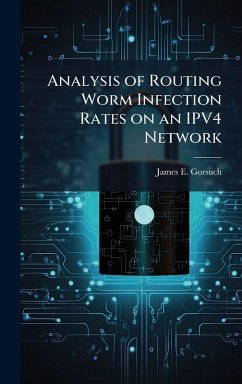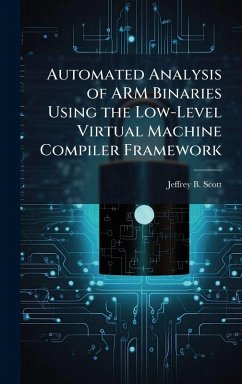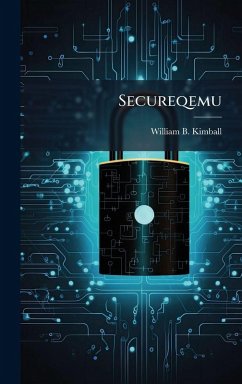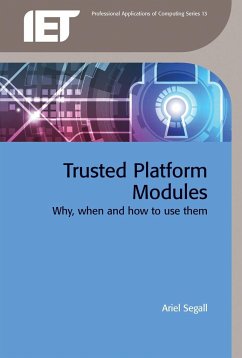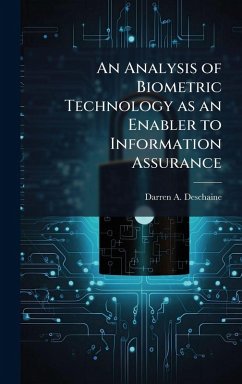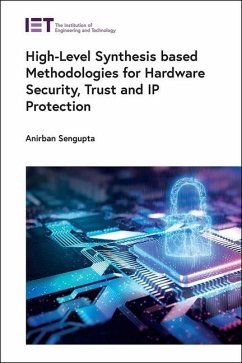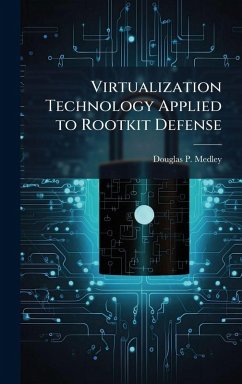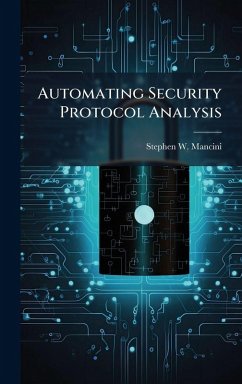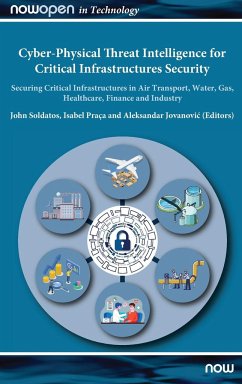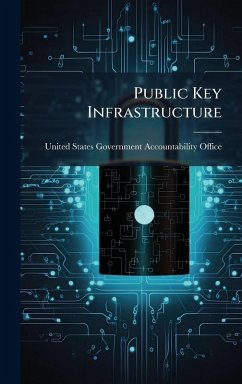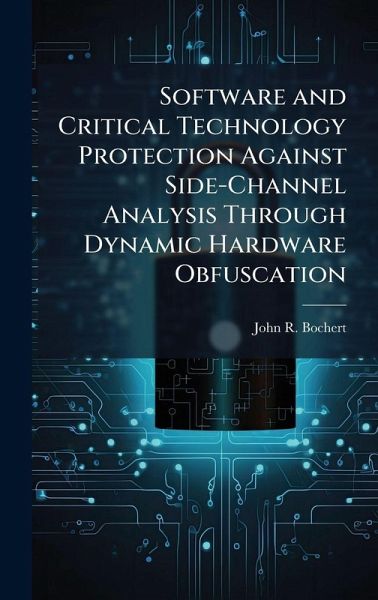
Software and Critical Technology Protection Against Side-Channel Analysis Through Dynamic Hardware Obfuscation
Versandkostenfrei!
Versandfertig in über 4 Wochen
29,99 €
inkl. MwSt.
Weitere Ausgaben:

PAYBACK Punkte
15 °P sammeln!
Side Channel Analysis (SCA) is a method by which an adversary can gather information about a processor by examining the activity being done on a microchip though the environment surrounding the chip. Side Channel Analysis attacks use SCA to attack a microcontroller when it is processing cryptographic code, and can allow an attacker to gain secret information, like a crypto-algorithm's key. The purpose of this thesis is to test proposed dynamic hardware methods to increase the hardware security of a microprocessor such that the software code being run on the microprocessor can be made more secu...
Side Channel Analysis (SCA) is a method by which an adversary can gather information about a processor by examining the activity being done on a microchip though the environment surrounding the chip. Side Channel Analysis attacks use SCA to attack a microcontroller when it is processing cryptographic code, and can allow an attacker to gain secret information, like a crypto-algorithm's key. The purpose of this thesis is to test proposed dynamic hardware methods to increase the hardware security of a microprocessor such that the software code being run on the microprocessor can be made more secure without having to change the code. This thesis uses the Java Optimized Processor (JOP) to identify and _x SCA vulnerabilities to give a processor running RSA or AES code more protection against SCA attacks. This work has been selected by scholars as being culturally important, and is part of the knowledge base of civilization as we know it. This work was reproduced from the original artifact, and remains as true to the original work as possible. Therefore, you will see the original copyright references, library stamps (as most of these works have been housed in our most important libraries around the world), and other notations in the work. This work is in the public domain in the United States of America, and possibly other nations. Within the United States, you may freely copy and distribute this work, as no entity (individual or corporate) has a copyright on the body of the work. As a reproduction of a historical artifact, this work may contain missing or blurred pages, poor pictures, errant marks, etc. Scholars believe, and we concur, that this work is important enough to be preserved, reproduced, and made generally available to the public. We appreciate your support of the preservation process, and thank you for being an important part of keeping this knowledge alive and relevant.



